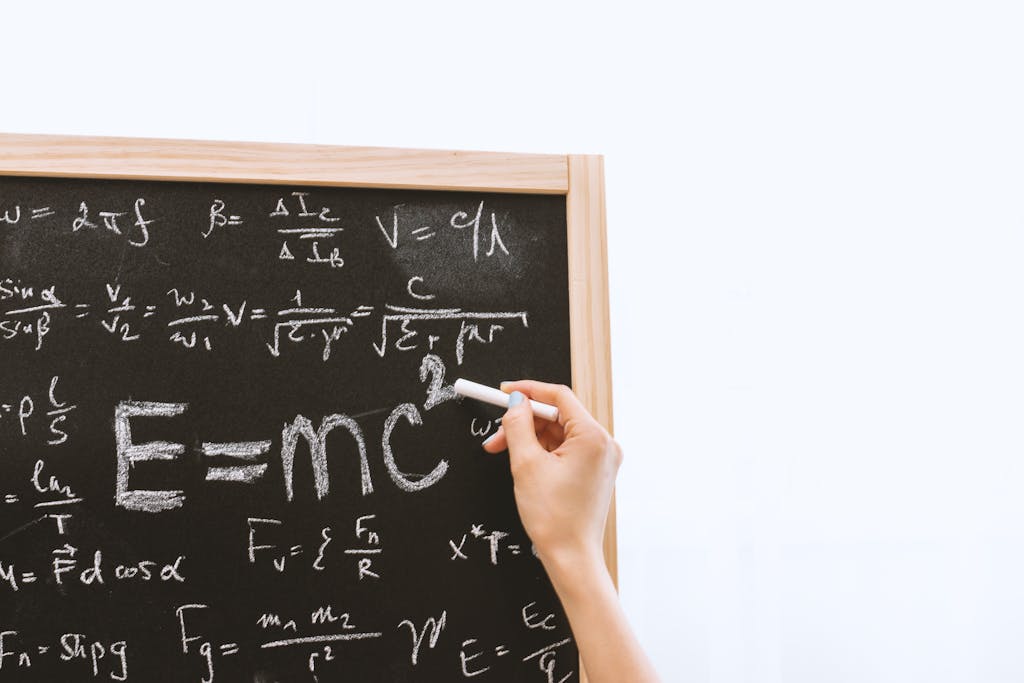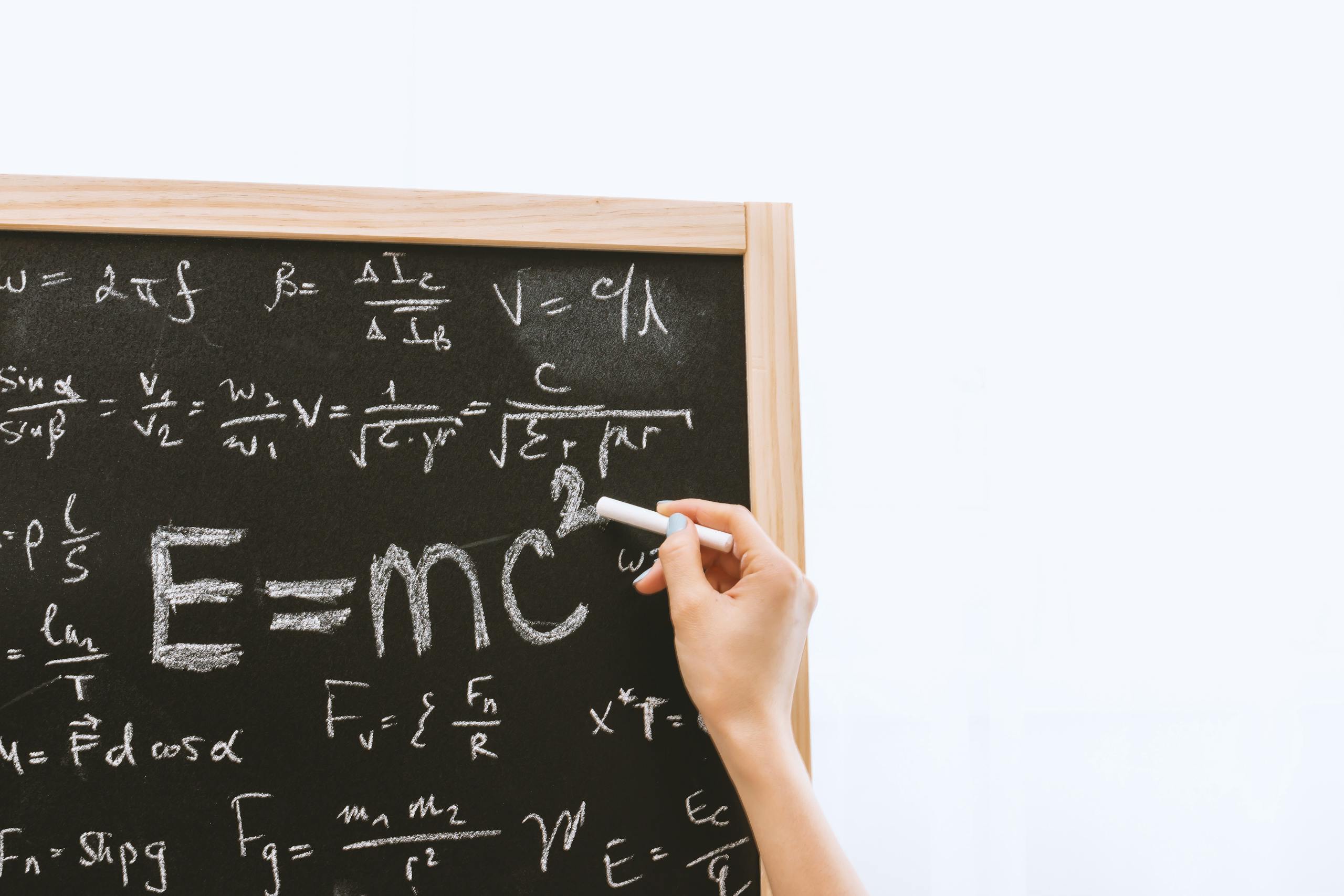Crypto and Mathematics: The Foundation of Digital Currencies
Crypto and Mathematics: The Foundation of Digital Currencies
Cryptocurrency has revolutionized the world of finance, and its success is rooted in mathematical concepts. From cryptography to blockchain algorithms, math plays a key role in ensuring the security and efficiency of digital currencies. Understanding the importance of mathematics in the world of crypto can help you appreciate its underlying mechanisms and how it supports decentralization and security.

How Mathematics Powers Cryptography in Crypto
Mathematics is fundamental to cryptography, which secures transactions and ensures data integrity in the cryptocurrency world. One of the primary functions of cryptography is the use of public and private keys. These keys are mathematically linked, allowing individuals to send and receive cryptocurrencies securely. The public key is used to receive funds, while the private key is used to sign transactions, ensuring that only the rightful owner can access their funds.
Another essential concept is hash functions. These mathematical functions take an input (or “message”) and produce a fixed-size output, called a hash. This output is unique to the input, meaning that even the smallest change in the input will result in a completely different hash. Hash functions are vital for ensuring that data hasn’t been tampered with, making transactions secure and immutable.
Here’s how mathematics ensures the security of crypto transactions:
- Public and Private Keys: Cryptography enables secure access and transaction signing.
- Hash Functions: These ensure transaction integrity by making data tamper-proof.
Blockchain Algorithms and Consensus Mechanisms
Blockchain technology also relies heavily on mathematical algorithms to maintain security and prevent fraud. One of the most important consensus mechanisms in the crypto world is Proof of Work (PoW), used by Bitcoin. In PoW, miners compete to solve complex mathematical puzzles. The first miner to solve the puzzle is rewarded with newly created coins and the right to add a new block to the blockchain. This process ensures that only valid transactions are added, preventing fraud and ensuring decentralization.
In addition to PoW, many cryptocurrencies use Proof of Stake (PoS), a more energy-efficient alternative. PoS relies on a mathematical model that selects validators based on the number of coins they hold and are willing to stake. The more coins a person stakes, the higher their chances of being selected to verify transactions.
Conclusion
Mathematics is the backbone of cryptocurrency. It ensures that transactions are secure, transparent, and decentralized. Through cryptographic algorithms and blockchain consensus mechanisms, mathematics powers the systems that make cryptocurrencies both reliable and secure. As the crypto space continues to evolve, understanding these mathematical concepts will become increasingly important for anyone looking to participate in or study digital currencies.






